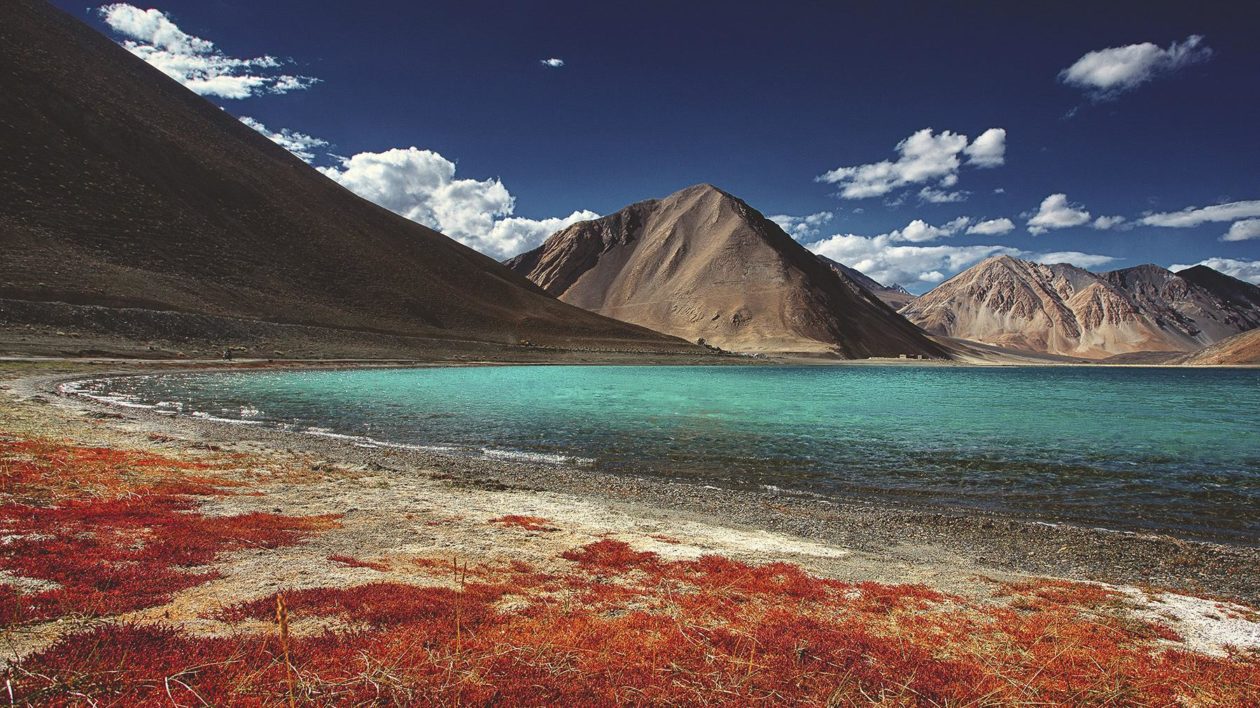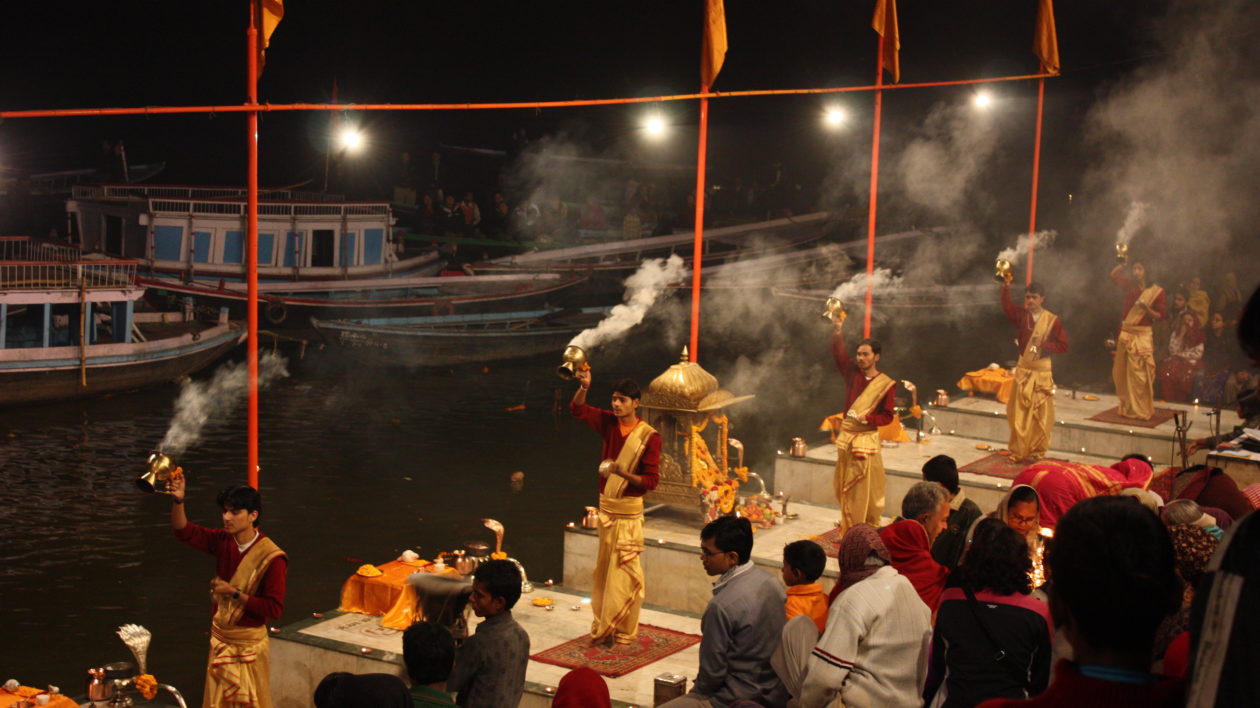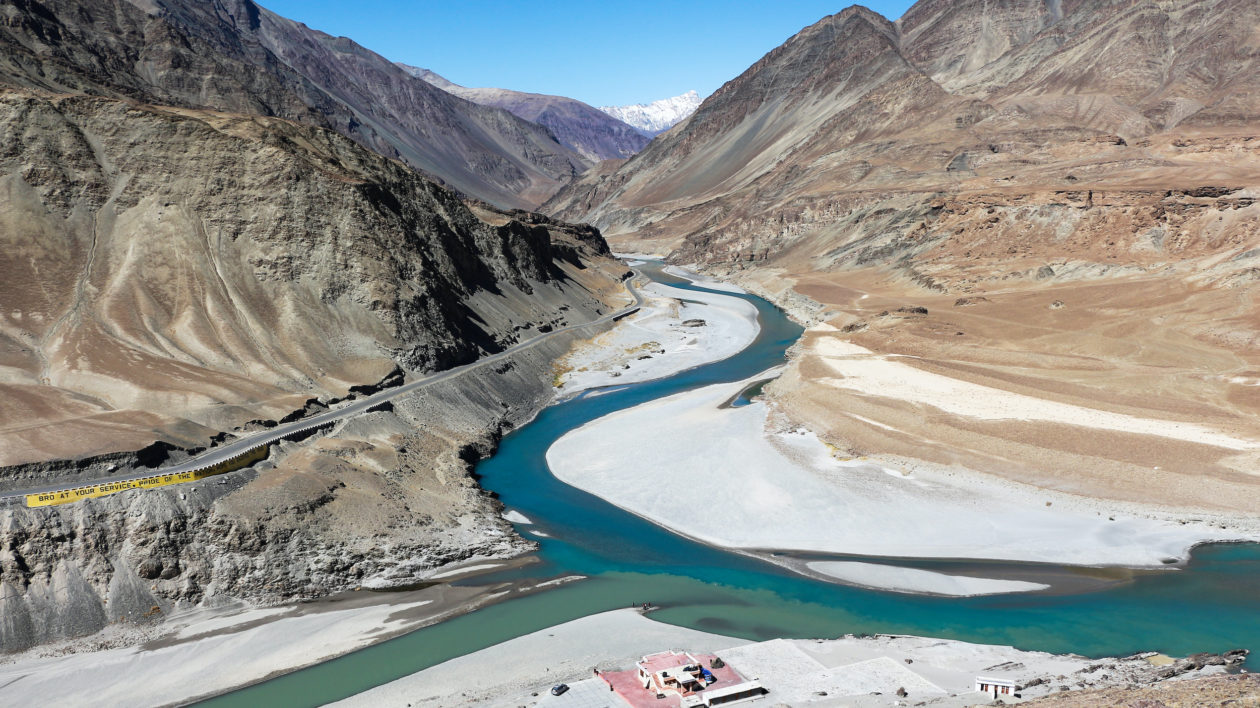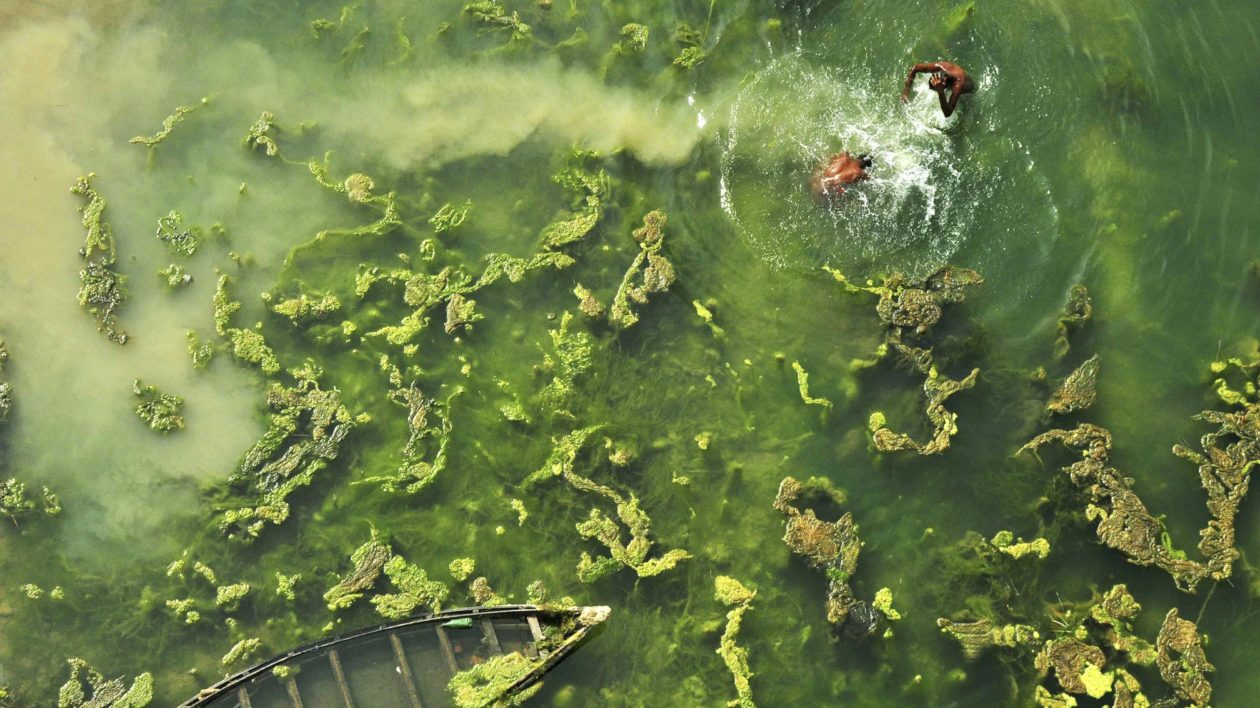A few weeks ago, the World Wildlife Fund published its living planet report which delivered some bleak news: only 16 percent of the planet’s freshwater biodiversity remains. Given this crisis, it is time we start worrying about our freshwater ecosystems more and put their conservation to the fore.
Most global biodiversity conservation planning efforts are targeted at primarily terrestrial and marine issues. India, one of the world’s biodiversity hotspots, is no exception. The mention of conservation immediately conjures up images of forests, protected areas, tigers, elephants, human-wildlife conflict and maybe even researchers wearing a khakhi attire, cool watches and hiking boots.
Look close and there is something crucial yet obvious that is missing from this picture. Our rivers, wetlands, lakes and groundwater systems: our freshwaters. While forests are our lungs, our rivers and other freshwater resources can be likened to arteries or veins. Literally and metaphorically. India boasts of a rich and vast freshwater resource network (rivers, lakes, wetlands, and groundwater), which occupies about 4 percent of the country’s area and supports its 1 billion people (17 percent of the world’s population).

This vast network holds roughly 9.7 percent of the total fauna and occupies the ninth position in terms of freshwater mega-diverse countries of the world (Mittermeier & Mittermeier, 1997). For instance, of the approximately 450 families of freshwater fishes present globally, roughly 41 are represented in India, out of which 25 families contain commercially important fish species. The Ganga-Brahmaputra system exhibits one of the highest richness of large-bodied freshwater species (freshwater mega-fauna) in the world and supports unique and threatened species such as the Gangetic River dolphin, gharial, several turtle species and water birds. The Chilika lake, an estuarine lake in the east coast of India, is the single largest habitat of Irrawaddy dolphins in the world.
It is not just the biological diversity that make our freshwaters important and unique. Several rivers and lakes across the country hold special value due to their economic, cultural, spiritual and religious values. Economically, fisheries in India, including inland fisheries, is a very important activity, accounting for 6.3 percent of the global fish production.
Tourism (recreational and cultural) accounts for 6 percent of India’s GDP where freshwater ecosystems such as wetlands and rivers play a significant role. Rivers Ganga and Yamuna now have the same legal rights as humans. Has a forest or a reserve been accorded the status of living human entities? Doubtful.

As is the case for the rest of the planet, the picture for freshwater here is far from rosy. Despite playing such a crucial role in the landscape and our lives, the freshwater ecosystems have been taken for granted. The current state of freshwater ecosystems is dismal. India being the second-fastest-growing economy and the second-most populous country in the world has put immense pressure on the rivers and lakes to support the increasing demands of its growing population.
In the present day, India’s freshwaters are plagued with threats such as overexploitation, scarcity, pollution, flow modification, and loss of connectivity, habitat loss, and climate change (e.g., increasing frequency of droughts, floods). India is among the hotspots where overuse of water resources has caused a serious decline in the availability of freshwater. Out of the 20 major river basins, 14 basins will be water stressed by 2025.
More than 70 percent of India’s surface water and groundwater have been critically polluted by sewage and industrial waste. Given the current scenario, conserving freshwater ecosystems, for both nature and people, should be at the forefront. Water, generally considered a renewable resource, is on the trajectory of becoming a non-renewable resource for India.

To ensure our longevity, it is crucial that we ensure sustainability of the freshwater ecosystems on which we all are dependent.
This requires ensuring that these ecosystems are healthy, functioning and self-sustaining and we can do this via conservation. However, given the large extent of the problem and limited resources to implement conservation actions, choosing clear conservation goals can be difficult.
Conservation planning is a tool that can point where such efforts are needed the most and where and which conservation actions will have the greatest impact. It involves conserving natural values of a landscape/waterscape by integrating ecological (natural resource), economic, and social considerations. It identifies future conditions, improves natural resource management, minimizes conflict, and addresses problems/threats and opportunities. Conservation planning for freshwater ecosystems is particularly challenging, given their connected nature (again think arteries and veins).

In India, the conservation planning approach has not yet been applied systematically for freshwater ecosystems. The focus on conservation of freshwater ecosystems itself is new globally as well. Freshwater conservation planning has gained traction fairly recently (2007 onwards) as opposed to terrestrial conservation planning (1980s onwards).
The Convention on Biological Diversity (CBD) included a target of 17 percent protection for inland waters only in 2010. In India, only the most recent draft of the National Water Policy (2012) barely mentions the importance of conserving these ecosystems. The new Ministry of Jal shakti (Ministry of Water Resources) now has a vision of ‘water conservation’, owing to the rising water emergency in the country, although the emphasis on conserving ecosystems is still missing. The Ganga basin is the only river basin in the country where some semblance of conservation is in the works.

In light of the living planet report, going through a process of conservation planning for freshwater ecosystems in India and having a plan in place cannot be more opportune than now.
That is, when we can still save them to some extent. Here at TNC-India, we plan to begin this process informed by science where we strive to implore the conservation community in India to collectively and collaboratively formulate a conservation vision for our freshwaters and continue working towards freshwater conservation in a planned, systematic manner and at the same level as terrestrial conservation.
And hopefully, there will be a day, not very far from now, when the mention of conservation would conjure up images of a tiger bathing in a lake, a pristine river flowing through a forest, community-managed freshwater conservation reserves and maybe even researchers wearing waders over their khakhi attire, cool waterproof watches, and quechua boots.




Join the Discussion
1 comment